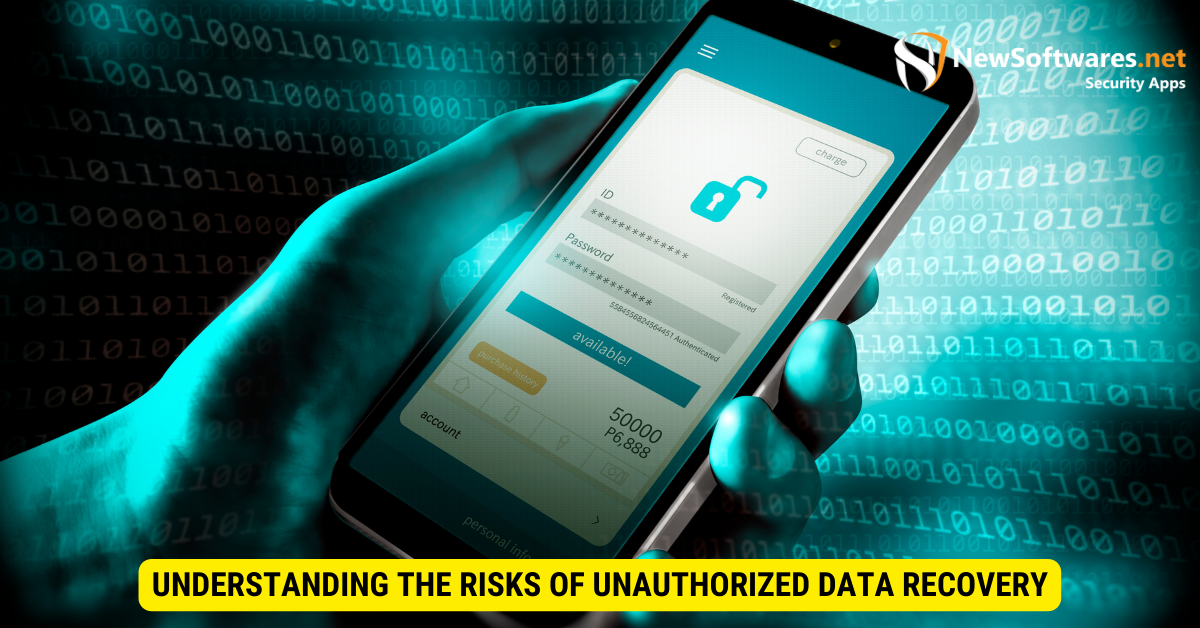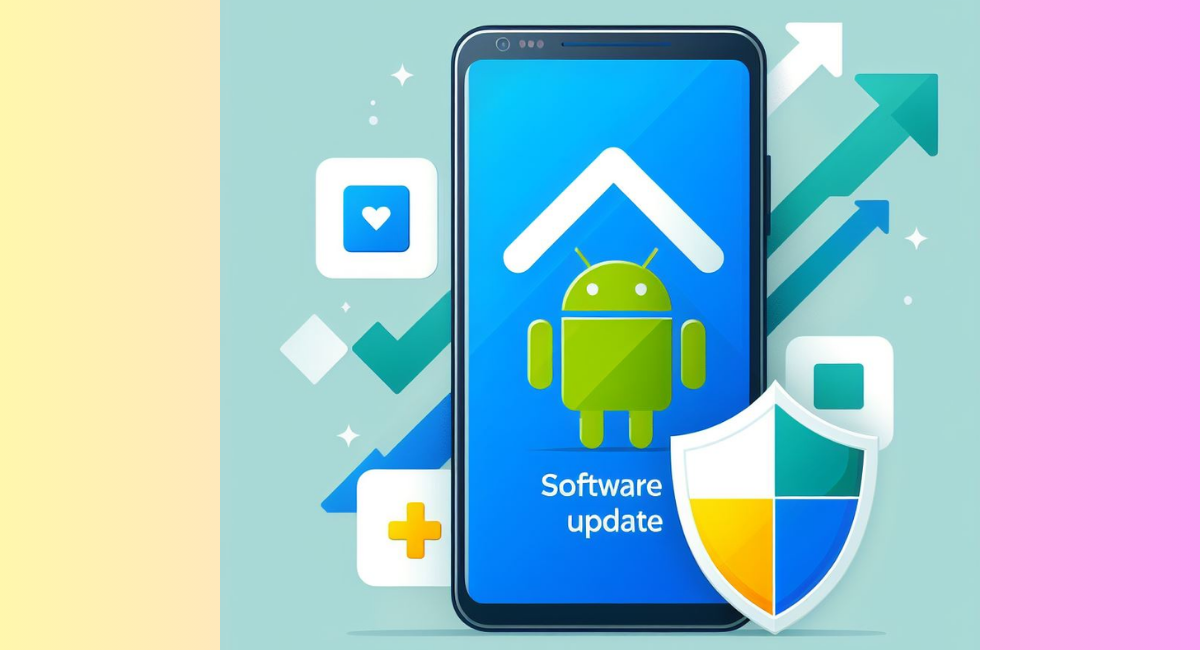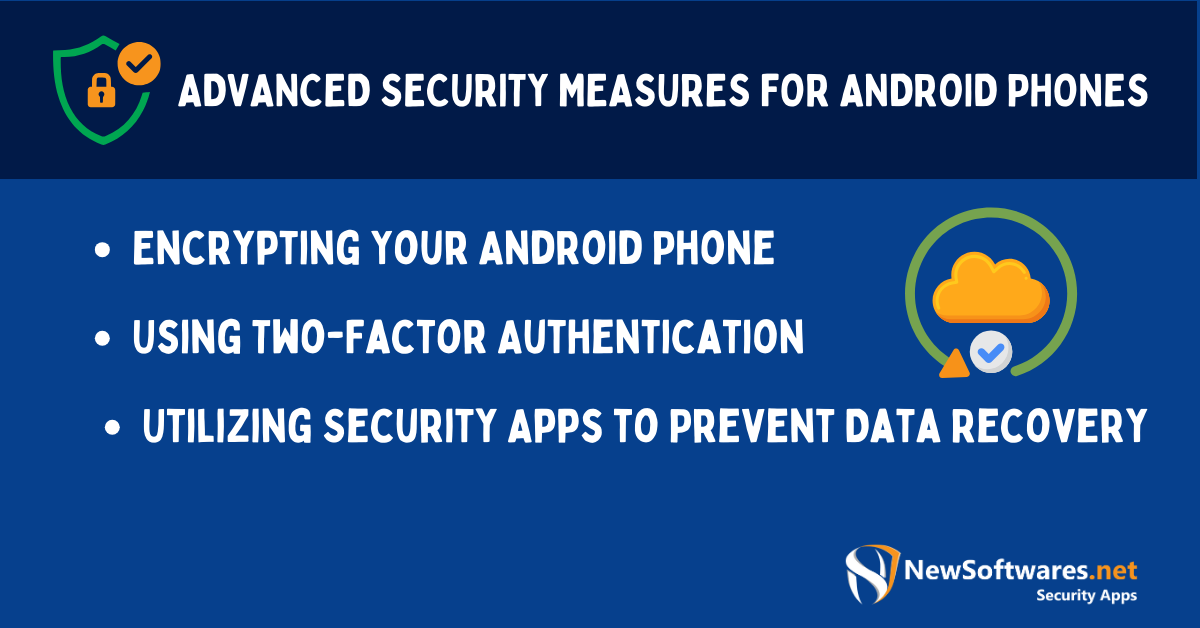To secure an Android phone from unauthorized data recovery, encrypt your device, use strong passcodes, regularly update the OS and apps, factory reset securely when disposing of the device, and avoid installing apps from unknown sources.
In today’s digital age, our smartphones are a treasure trove of personal information. From emails and photos to banking and social media accounts, our Android phones contain sensitive data. As such, protecting our devices from unauthorized data recovery is crucial. I will explore the risks of unauthorized data recovery and discuss various steps and measures to secure our Android phones effectively.
Understanding the Risks of Unauthorized Data Recovery

Before delving into the methods of securing our Android phones, it’s essential to comprehend the risks associated with unauthorized data recovery. Unauthorized data recovery refers to accessing and retrieving personal information from an Android phone without the owner’s permission. This could happen through various means, such as hacking, physical access to the device, or exploiting vulnerabilities in the software.
Unauthorized data recovery involves extracting sensitive information stored on an Android phone, including contacts, messages, photos, videos, and even login credentials for various applications and websites. This data can then be misused or exploited, leading to identity theft, financial loss, or compromise of personal privacy.
One potential threat to your Android phone is malware attacks. Malware is malicious software designed to gain unofficial contact with your device and steal sensitive information. These attacks can occur through infected apps, suspicious links, or malicious websites. Once the malware is installed on your device, it can silently collect and transmit your data to the attacker.
Another threat is phishing attempts. Phishing involves tricking users into providing private material, such as login credentials or credit card details, by posing as trustworthy entities. Attackers may send fake emails or create fake websites that resemble legitimate ones to deceive users. If you unknowingly enter your information on these fake platforms, it can be used for unauthorized data recovery.
Physical theft of the device is also a significant risk. If someone gains physical access to your Android phone, they can extract your personal information directly. This includes browsing history, saved passwords, and other sensitive data stored on the phone. It is crucial to keep your device secure and be cautious when lending it to others.
Exploiting vulnerabilities in outdated software versions is yet another threat. Software developers regularly publish updates to fix security vulnerabilities and improve the overall performance of their applications. However, it becomes susceptible to exploitation if you fail to update your Android phone’s software. Attackers can target these vulnerabilities to gain unauthorized access to your device and retrieve personal data.
Understanding these risks will enable us to take appropriate measures to safeguard our sensitive information. It is important to use strong and unique passwords, enable two-factor authentication, install reputable antivirus software, and regularly update the software on our Android phones. By staying informed and proactive, we can minimize the chances of unauthorized data recovery and protect our privacy and security.
Basic Steps to Secure Your Android Phone
Securing your Android phone begins with implementing some basic steps that act as the first line of defense against unauthorized data recovery.
With the increasing reliance on smartphones for personal and professional use, it is essential to prioritize the security of your Android phone. By following a few simple steps, you can significantly enhance the protection of your device and safeguard your sensitive information.
Regularly Updating Your Phone’s Software

One crucial step is keeping your Android phone’s software up to date. Manufacturers release regular software updates that often contain security patches and bug fixes. These updates not only improve the functionality of your device but also address any potential vulnerabilities that cybercriminals could exploit.
Regularly updating your phone’s software to the latest version can mitigate potential security vulnerabilities and reduce the risk of unauthorized data recovery. These updates are planned to enhance the overall security of your device and ensure that you have the latest protection against emerging threats.
Additionally, software updates often introduce new features and improvements, enhancing the user experience and providing access to the latest technological advancements.
Using Strong Passwords and Screen Locks
Strong passwords and screen locks are another fundamental measure to secure your Android phone. While it may seem simple, many users underestimate the importance of a solid password and an effective screen lock feature.
When setting a password, opt for a unique alphanumeric combination that is difficult for others to guess. Avoid using common passwords or private information that can be easily associated with you. By creating a strong password, you add a layer of security to your device, making it harder for unauthorized individuals to gain access.
In addition to a strong password, enable a screen lock feature such as a PIN, pattern, or fingerprint scan. These security measures provide additional protection, ensuring that only authorized users can unlock your phone and access its contents.
By implementing these measures, you can significantly enhance the security of your device and guard it against unauthorized access. Regularly update your password and screen lock settings to maintain optimal security.
It is important to note that while these steps provide a strong foundation for securing your Android phone, there are additional measures you can take to enhance your device’s security further. These include utilizing two-factor authentication, installing reputable security apps, and being cautious of downloading apps from untrusted sources.
By adopting a proactive approach to Android phone security, you can ensure that your device remains protected and your personal information stays secure.
Advanced Security Measures for Android Phones

For those seeking a further layer of security for their Android phones, there are advanced measures to consider.
With the increasing reliance on smartphones for personal and sensitive information, it is crucial to prioritize the security of your Android phone. Fortunately, there are several advanced security measures that you can implement to safeguard your device and protect your valuable data.
Encrypting Your Android Phone
One powerful method to secure your Android phone is by encrypting its data. Encryption converts your data into an illegible format, preventing unauthorized access even if the device falls into the wrong hands. This advanced security feature ensures that your personal information, such as contacts, messages, and files, remains protected from prying eyes.
When you enable encryption on your Android phone, the device uses a unique encryption key to scramble your data. This key is required to decrypt the data and make it readable again. Without the encryption key, even if someone gains physical access to your device, they won’t be able to decipher your sensitive information.
Encrypting your Android phone is a straightforward process. Navigate to your device settings, locate the security or privacy section, and enable the encryption feature. It is important to note that the encryption process may take some time, depending on the data stored on your device. Once the encryption is complete, you can rest assured that your data is protected, even in theft or loss.
Using Two-Factor Authentication
Two-factor authentication is an extremely actual security measure that adds further safety to your Android phone. By enabling it, you add an extra verification step when logging into your accounts, making it significantly more challenging for unauthorized personalities to gain access.
With two-factor authentication, you no longer solely rely on a password to access your accounts. In addition to inflowing your password, you must provide a unique verification code. This code can be referred to you via SMS or generated by a dedicated authentication app installed on your Android phone.
Implementing two-factor authentication can prevent unauthorized individuals from accessing your accounts, even if they manage to retrieve your password. This security measure adds a barrier, as the verification code is time-sensitive and unique to your device. Without the correct verification code, even if someone knows your password, they won’t be able to log in to your accounts.
To enable two-factor authentication on your Android phone, you must admit the security settings of each respective account. Most popular online services, such as email providers, social media platforms, and banking institutions, offer two-factor authentication as an option. Once permitted, you will receive a verification code each time you try to log in, ensuring that only you can access your accounts.
By combining encryption and two-factor authentication, you can significantly enhance the security of your Android phone. These advanced security measures provide extra protection for your personal information, giving you peace of mind in an increasingly digital world.
Utilizing Security Apps to Prevent Data Recovery
In addition to the built-in security features of your Android phone, numerous security apps provide additional protection against unauthorized data recovery.
Top Security Apps for Android Phones
Some of the top security apps for Android phones include Avast Mobile Security, Bitdefender Antivirus, and McAfee Mobile Security. These apps offer features such as malware scanning, anti-theft protection, and privacy tools, making them valuable assets in safeguarding your device and personal data.
How to Properly Set Up Security Apps
When utilizing security apps, it’s important to set them up correctly to maximize their effectiveness. Follow the instructions provided by the app developers to ensure the full range of security features is activated. Regularly update the apps to benefit from the latest security enhancements and protect against emerging threats.
Safe Practices for Using Public Wi-Fi Networks
Public Wi-Fi networks can present significant risks to the security of your Android phone. However, by following safe practices, you can minimize the chances of unauthorized data recovery.
Risks of Public Wi-Fi Networks
Public Wi-Fi networks are often unsecured and can be easily intercepted by malicious individuals. This allows them to capture sensitive information transmitted over the network, potentially leading to unauthorized data recovery. Avoiding these networks altogether is ideal, but if you must use them, take precautions to protect your data.
Tips for Securely Using Public Wi-Fi
When using public Wi-Fi networks, consider using a virtual private network (VPN) to encrypt your internet traffic and protect your data from interception. Additionally, avoid retrieving sensitive information such as banking websites or entering passwords while connected to public Wi-Fi. Being cautious and using secure browsing practices can help reduce the risk of unauthorized data recovery.
Key Takeaways
- Device encryption ensures data remains inaccessible even if physically extracted.
- Regular updates patch vulnerabilities that might be exploited for data recovery.
- Using strong, unique passcodes and biometrics enhances device security.
- Before selling or disposing of a phone, a secure factory reset ensures data is wiped effectively.
- Avoiding third-party app stores and granting unnecessary app permissions minimizes risks.
FAQs
Q: How do I encrypt my Android device?
A: Most modern Android devices are encrypted by default. You can check this in Settings > Security > Encrypt Device.
Q: Are biometrics like fingerprints more secure than passcodes?
A: Biometrics offer convenience, but combining them with a strong passcode provides the best security.
Q: Does a standard factory reset securely erase all data?
A: While it removes most user data, some might be recoverable. Using the device’s secure erase or overwrite options is more effective.
Q: How often should I update my Android OS and apps?
A: Always install security updates and patches promptly when they are available.
Q: Can rooting my Android device affect its security?
A: Yes, rooting can introduce vulnerabilities and bypass built-in security features. It’s generally not recommended for most users.
Conclusion
In conclusion, securing your Android phone from unauthorized data recovery is paramount in today’s digital landscape. By understanding the risks, implementing basic steps, and utilizing advanced measures and security apps, you can significantly enhance the protection of your personal information. Additionally, practicing safe habits when using public Wi-Fi networks will minimize the chances of unauthorized data recovery. Remember, safeguarding your Android phone is an ongoing process that requires vigilance and proactive measures to stay one step ahead of potential threats.
